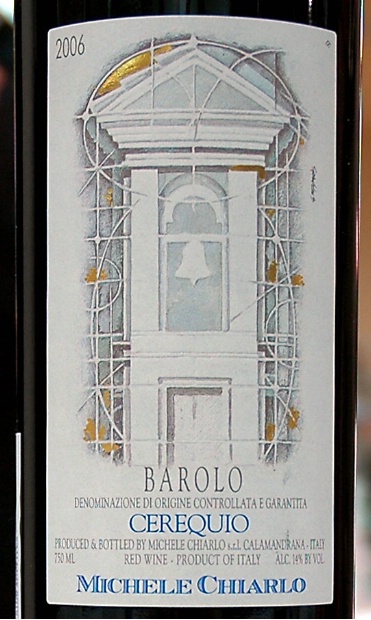2006 Barolo Nebbiolo
The Michele Chiarlo Barolo Cerequio, a striking expression of Nebbiolo from the renowned Barolo region, showcases a deep red hue that captivates the eye. This vintage exudes an impressive full-bodied character, accentuated by a high acidity that invigorates the palate with each sip. The fruit intensity is notably pronounced, revealing aromas and flavors of ripe cherries, blackberries, and hints of floral notes that add an alluring complexity. With firm tannins that promise aging potential, this wine reflects the elegance and richness typical of Barolo. As you savor this beautifully crafted wine, you'll appreciate its bone-dry profile, making it an exceptional choice for pairing with hearty dishes or enjoying on its own.
The Michele Chiarlo Barolo Cerequio, a striking expression of Nebbiolo from the renowned Barolo region, showcases a deep red hue that captivates the eye. This vintage exudes an impressive full-bodied character, accentuated by a high acidity that invigorates the palate with each sip. The fruit intensity is notably pronounced, revealing aromas and flavors of ripe cherries, blackberries, and hints of floral notes that add an alluring complexity. With firm tannins that promise aging potential, this wine reflects the elegance and richness typical of Barolo. As you savor this beautifully crafted wine, you'll appreciate its bone-dry profile, making it an exceptional choice for pairing with hearty dishes or enjoying on its own.




